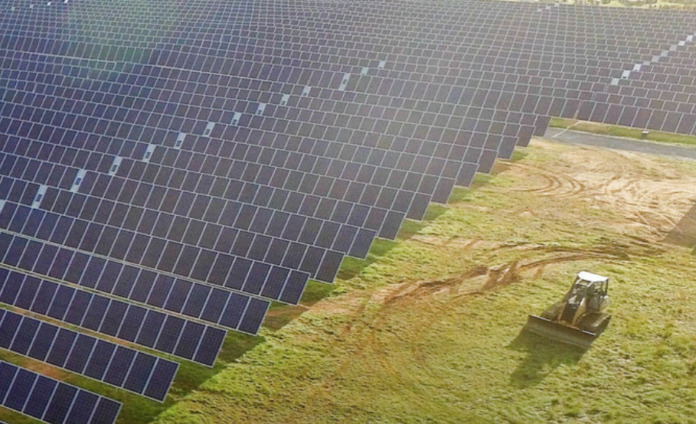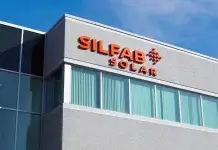The U.S. Department of Energy (DOE) has announced $20 million in funding to advance perovskite solar photovoltaic technologies.
Perovskites are a family of materials with a specific crystal structure, named after the mineral with that structure. When used to create solar cells, they have shown potential for high performance and low production costs. To be competitive in the marketplace, perovskite’s long-term durability must be tested and verified – the aim of this funding opportunity announcement through DOE’s Office of Energy Efficiency and Renewable Energy (EERE).
“The DOE is committed to an ‘all-of-the-above’ energy strategy, including solar and other renewable technologies,” says Dan Brouillette, U.S. Secretary of Energy.
“We will continue to invest in early-stage research and development to improve the affordability, reliability and value of solar technologies on the grid,” he adds.
Some of the goals of the DOE Solar Energy Technologies Office are to improve understanding of perovskite stability, establish methods to produce high-efficiency, stable perovskite devices using industry-relevant fabrication techniques and develop test protocols that enable high confidence in long-duration field performance of perovskite-based photovoltaic technologies.
DOE will fund projects in three topic areas:
Topic Area 1: Device R&D (Efficiency and Stability)
This topic area will focus on research projects to advance perovskite efficiency and stability at the cell or mini-module scale beyond the current technology. Projects may include intrinsic and extrinsic approaches to improve stability, methods to understand and characterize degradation, alternative materials or processes to improve performance or reduce costs, and advanced device architecture, including tandems.
Topic Area 2: Manufacturing R&D
This topic area will fund research projects to address challenges with manufacturing perovskite modules at relevant scale and throughput. Key areas will include process uniformity and repeatability, cell to module conversion losses, and encapsulation approaches. Teams must be led by a for-profit or nonprofit business and should include substantial involvement by established manufacturing and process engineering entities with proven expertise in the area.
Topic Area 3: Validation and Bankability Center
This topic area seeks to establish a neutral, independent validation center that can be used to verify perovskite device performance and address acceptance and bankability challenges. Independence and neutrality are required to ensure there are no conflicts of interest between this effort and other projects seeking to demonstrate high-performance devices.
Photo: DOE Solar Energy Technologies Office’s landing page




